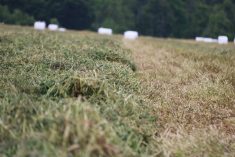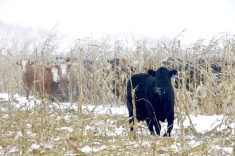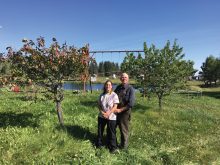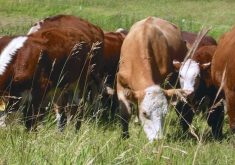Manitoba Forage & Grassland Association – Even though winter feed stores may still be adequate the urge to get cows to grass is escalating. Turning cows out on immature forages too early can have consequences, with the biggest challenge being to avoid permanent damage by overgrazing. If forages are overgrazed early, permanent damage of the stand is likely. Grass, whether native or domestic, needs time to get established in the spring before grazing begins. As a guideline, for every week you graze a pasture too early in the spring, you lose three weeks in the fall.
Read Also
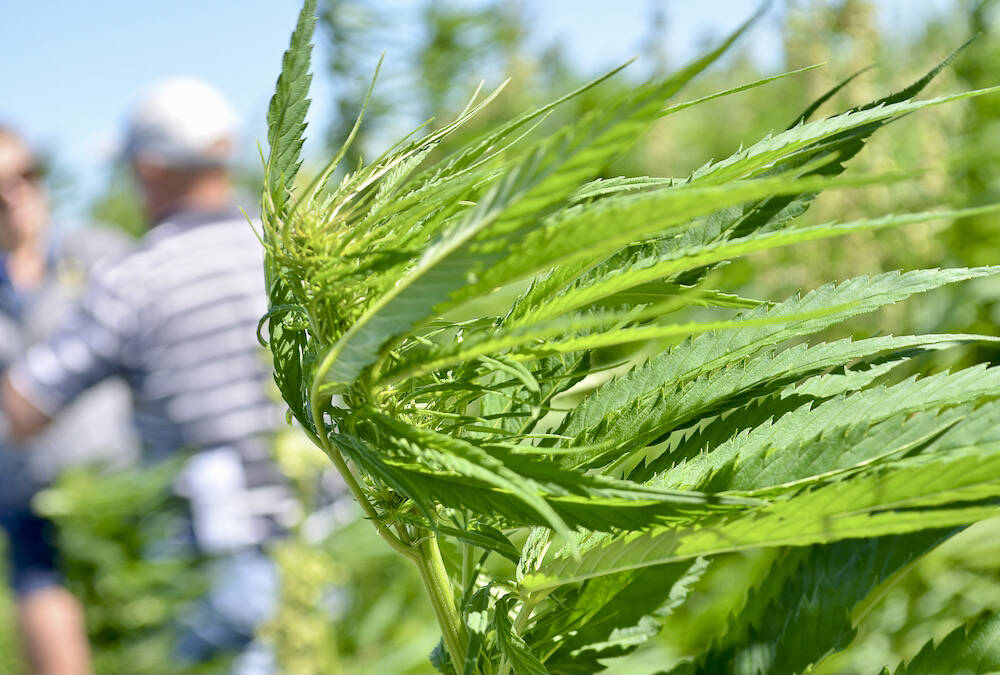
Canadian hemp stable, but stuck on growth
Canada’s hemp industry hopes hybrid varieties, better yields, clearer regulations and new markets can help the crop break past its ceiling and get Canadian farmers planting more hemp acres.
Delaying turn-out until forages have reached eight inches in height is recommended. Even more important is rotating cows through pastures to maintain four or more inches of stubble height and giving the plants a rest period. In early spring, rotation should occur more frequently to keep up with faster growth and then slow as summer approaches.
We all know that the plants in pastures and hay fields are perennial. The perennial plant focuses on establishing a large root system with a “savings account” of energy, so that it can survive winters, droughts and grazing. But perennials only tolerate these conditions if they can draw down on their stored energy when times are tough. Producers ultimately control the size of the savings account through their grazing management. Grazing too early in the spring can cost you up to 45 per cent of that year’s forage yield. This is because perennials are never completely dormant; they use energy all winter long, just very slowly. After a long winter, a forage plant is weak and needs to replace root energy. The plant’s first step in spring is to use the last remaining root reserves to put up a few leaves to convert sunlight to energy. Continually stressing a forage plant by early grazing or heavy frosts can cost you the annual potential forage yield and ultimately the total loss of the stand. The goal is to manage plant reserves so plants remain vigorous. If plants are grazed too severely removing too much of the above ground, green leafy material, they begin to draw on root reserves as they re-grow. If enough leaf area is left, the plant can photosynthesize and produce enough energy to re-grow. The more leaf area remaining means that there is more photosynthetic material available to replenish root nutrient reserves.
If you have to put your cattle out on pasture before it has reached 6-8 inches in height there are a couple of management options that you can consider.
The first is skim grazing. This involves only grazing off the very tips of the leaves. This allows the remaining leaves to keep building root reserves. Root health is very important for the plant’s ability to grow throughout the growing season. How fast you move from pasture to pasture will depend on the size of your pastures and herd, but this could last from a few hours to a few days.
The other option is to utilize a sacrifice pasture. To do this, you keep the cattle on one pasture until other pastures are ready for grazing. Plan on bringing feed to supplement the poor pasture yields. The same pasture can be used each year but choosing a different pasture every year will minimize the stress on your pastures, thus minimizing the need to renovate any of them. Choose pastures that are high and dry to avoid punching up the soil and further injuring the forages. Rest your sacrifice pasture for a minimum of 60 days. Remember that it may need up to 100 days to recover.
Cattle going out to early pastures are likely in late gestation or have young calves at foot. These are two critical stages of production and the animals’ nutritional needs must be met. If they’re not, it can mean a real cost in lower first service conception rates and lower average daily gains. Generally, early spring pasture doesn’t have enough forage to satisfy your cows’ daily dry matter intake needs. Pastures overgrazed in fall and used for spring grazing often have less than 100 pounds of dry matter forage per acre. This will severely affect your cows’ body condition, restrict forage intake and lead to suppressed milk yields for the calf.
Some final thoughts
Pastures should not be grazed until the 4-leaf stage or when the plants are at least 6 to 8 inches tall. If you have a high proportion of legumes in the pasture, do not graze until the plants are 8 to 12 inches tall. Grazing native range before the third leaf stage can result in the loss of over 60% of the potential forage yield. Grazing a pasture too early will result in the vegetation being removed before the plants have had a chance to replenish root reserves.
Forages grow more rapidly in the spring, so cattle will need to be rotated more often, grazing to a higher height (6 to 8 inches) but still enough to avoid heading and maturity of the forage. As grass growth rate declines through the summer, the frequency of rotation can be decreased.
For more information:



